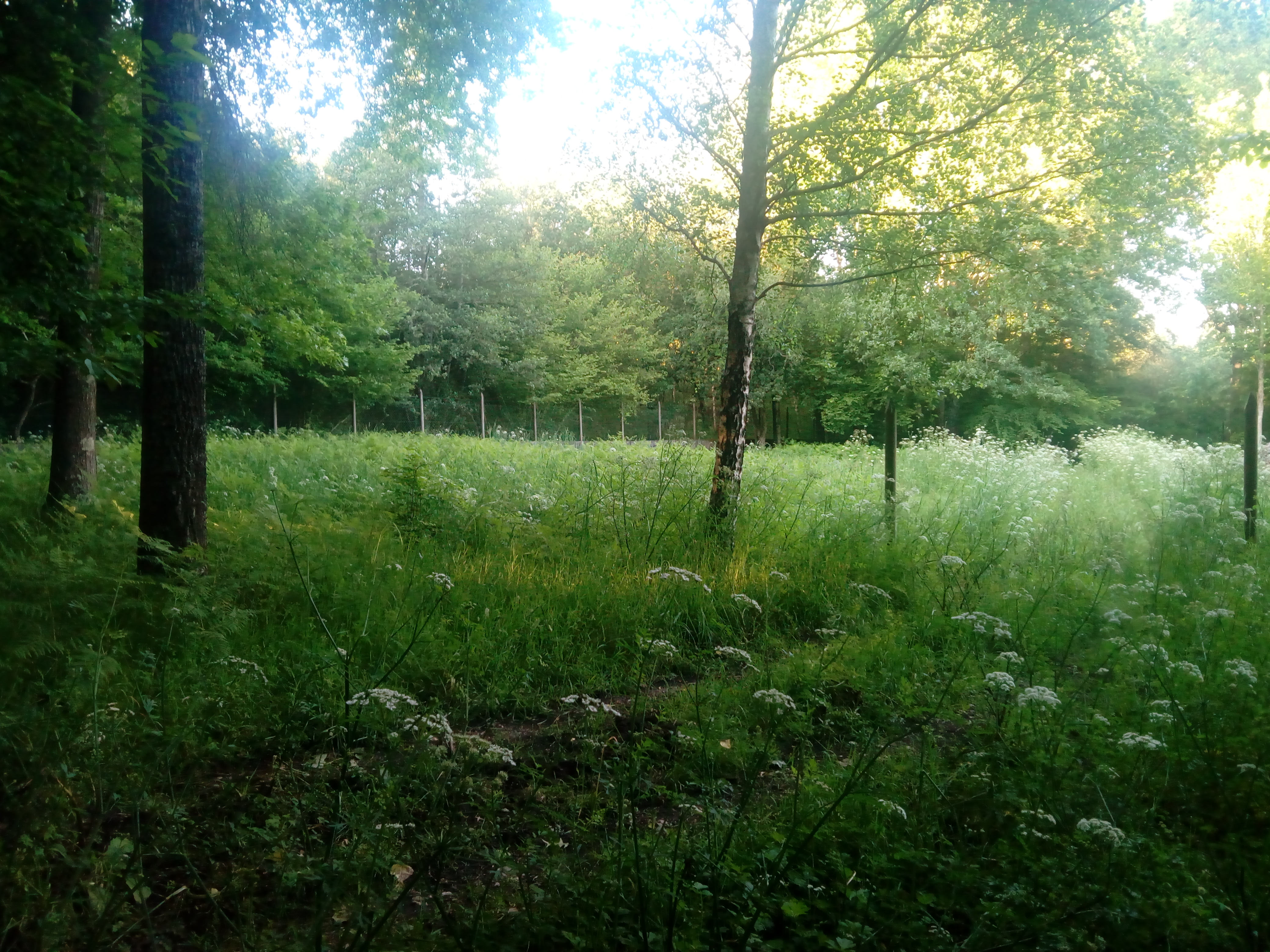Industrial and Intellectual Property. International Business Law. NfNJ Lesson 4 (1)
1. Industrial property rights
Industrial property includes patents, trademarks, industrial designs, geographical indications; etc
1.1 Invention patents
- Definition
- A patent is an exclusive right granted for an invention (inventive activity), which is a product or a process that provides, a new product or procedure for doing something (novelty), and offers a new technical solution to a problem (industrial application). To get a patent, technical information about the invention must be disclosed to the public in a patent application.
- Registering a patent gives the holder the exclusive rights over his or her invention for a limited period, 20 years. Other people cannot make, use, offer for sale, sell or import a product or a process based on the patented invention. The patent holder can give someone else temporary permission to use the invention through a patent license agreement or may sell the patent. It is not possible to renew a patent after it expires.
- Rights
- The patent owner/ right holder has the exclusive right to prevent or stop others from commercially exploiting the patented invention. In other words, patent protection means that the invention cannot be commercially made, used, distributed, imported or sold by others without the patent owner’s consent
- Patents are territorial rights. In general, the exclusive rights are only applicable in the country or region in which a patent has been filed and granted, in accordance with the law of that country or region
- The protection is granted for a limited period, generally 20 years from the filing date of the application
- Patents protect technical inventions: new products or procedures which involve an inventive step and have industrial application.
- The maximun duration of the patent is 20 years
- Scope of terrotorial protections
- NATIONAL: If the inventor needs protection in only one European country, he or she can register a patent at the national level.
- EUROPEAN:
- For a wider protection they can register a European patent with the European Patent Office (EPO). The European Patent can protect the invention in up to 5 States, members of the «Munich Patent Agreement».
- A European patent needs to be validated by the national patent office in each country where protection is required.
- INTERNATIONAL (MEMBERS OF THE PARIS UNION:
- Protection in various States, through the Patent Cooperation Treaty, or Treaty of Washington (PCT)
- The PCT system of «multiple » national registrations was created by the Patent Cooperation Treaty (within the Paris Union, the International Patent Cooperation Union) . The PCT was signed in 1970.
- The PCT provides a unified procedure for filing patent applications to protect inventions in more that one country of the Paris Union («letter box» system)
- The patent application filed under the PCT is called an «international application», or PCT application.
- Priority, iIn accordance with the Paris Convention for the Protection of Industrial Property (art 4):
-
- (1) Any person who has duly filed an application for a patent, or for the registration of a utility model, or of industrial design, or of a trademark, in one of the countries of the Union, or his successor in title, shall enjoy, for the purpose of filing in the other countries, a right of priority during the periods of 1 year for Patents and Utility Models; 6 months for designs and trademarks (from the date of the filing)
-
- More EU Patent Law
- More International Patent Law

1.2 Trademarks and distinctive signs
- Definition
- A trademark is a sign capable of distinguishing the goods or services of one enterprise from those of other enterprises. Trademarks are protected by intellectual property rights
- Rights
- a trademark registration will confer an exclusive right to the use of the registered trademark. This implies that the trademark can be exclusively used by its owner, or licensed (temporarily) to another party for use in return for payment
- Registration
-
-
- At the national/regional level, trademark protection can be obtained by filing an application for registration with the national/regional trademark office and paying the required fees.
-
- International registration. At the international level (Trademark Law Treaty 1994) provides for International registration procedures. There are two options: either country by country applications or using the Madrid System., administered by WIPO (See Madrid «Monitor» simplified registration system)
- Trade Marks registration has a duration of 10 years, that can be renewed with no limit
-
-
- EU TRADEMARK
- EU Trade Mark allows protection in all EU Members. It is granted by EUIPO, in Alicante
- Here, more contents about Trademark (European Countries and EU Trademark, general aspects)
- EUIPO Guidelines on applications and governance of European Trademarks
- INTERNATIONAL GOVERNANCE OF TRADEMARKS
- EU TRADEMARK
See also, for further details and clarifications, entries about trademarks in Spain
(…)